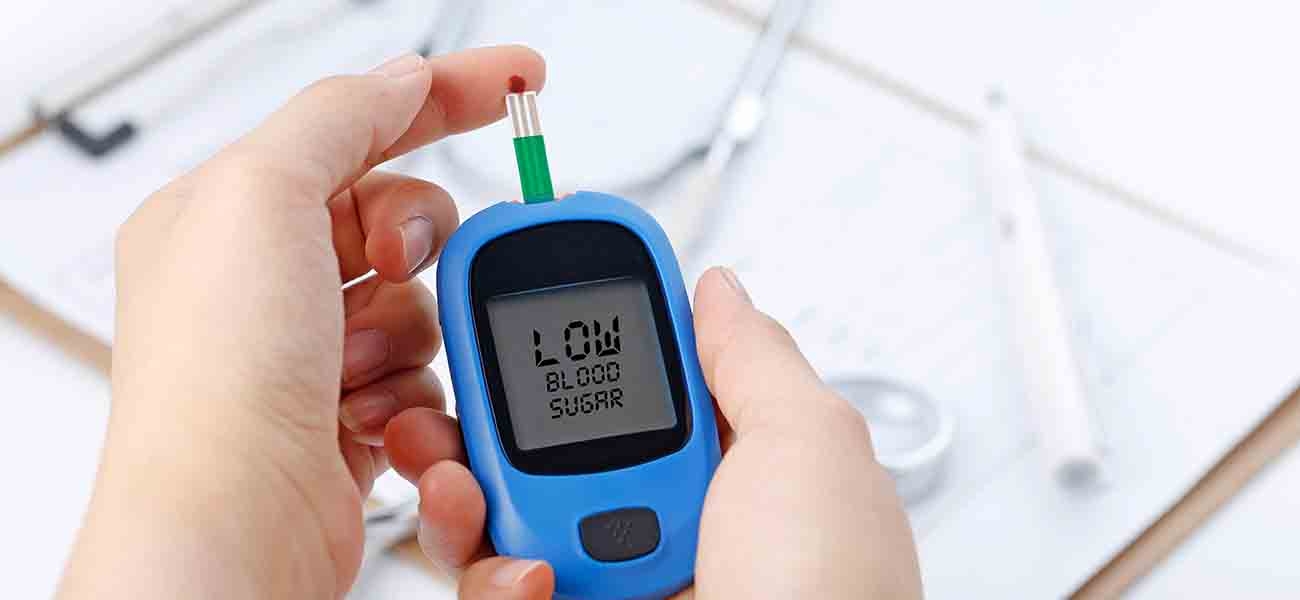Type-1 diabetes is a chronic disease that requires the individual to be dependent on the hormone insulin throughout life. Continuous glucose monitoring, timely insulin administration and prevention of complications are essential for the management of this disease. However, the devices used in this process are not only medical equipment, but also vital tools that directly affect patients’ quality of life.
With the development of technology in recent years, the devices used in diabetes management have also diversified and provided a great deal of convenience. Continuous glucose monitoring systems (CGM), insulin pumps and similar devices offer patients a freer, safer life. However, the high cost of these devices limits the access of most patients to these systems. This is where the device rights of Type-1 diabetics come into play.
What are the Devices Used for Type-1 Diabetes?
Effective management of type-1 diabetes requires regular use of some essential medical devices. The most common among these are the following:
-
Continuous Glucose Monitoring Systems (CGM): Devices such as Dexcom G6, FreeStyle Libre continuously measure instant glucose values.
-
Insulin Pumps: These are devices that provide the body’s insulin needs at regular intervals and eliminate the user’s need for manual injections.
-
Glucose measuring strips and lancets: Consumables required for the traditional finger prick method.
These devices help to prevent both short-term complications and long-term organ damage.
Why Are These Devices Vital?
Glucose levels in people with type-1 diabetes vary throughout the day depending on many factors. Many factors such as stress, exercise, nutrition and sleep can affect blood glucose levels. Since these variations can develop rapidly and suddenly, regular monitoring is of great importance.
Continuous glucose monitors allow patients to monitor their glucose levels instantaneously and recognize risky conditions such as hypoglycemia (low blood sugar) or hyperglycemia (high blood sugar) early. These devices also allow family members and healthcare professionals to be involved. Especially for pediatric and elderly patients, these features can make a vital difference.
What Do Device Rights Mean Legally?
Device rights are the right of a patient to access the medical devices they need for their health condition. In Turkey, this right is guaranteed by Article 56 of the Constitution as part of “everyone’s right to a healthy life “. Furthermore, Article 63 of the Social Insurance and General Health Insurance Law No. 5510 states that medical devices and supplies are included in the scope of health services.
According to these legal regulations:
-
Devices used in the treatment of type-1 diabetes should be considered within the scope of health services,
-
Reimbursement of necessary devices can be made by the Social Security Institution (SSI),
-
These rights can be asserted as legal evidence in lawsuits to be filed in favor of the patient.
Does SSI Cover Device Costs?
For the SSI to cover devices, they must be included in the Health Implementation Communiqué (SUT) list. However, some advanced devices are not covered directly because they are not yet on this list. This is where the application and litigation processes come into play.
In particular, continuous glucose meters such as the Dexcom G6 can be covered by the SSI under certain conditions for pediatric patients, but are generally not paid for individuals over the age of 18. This situation is contrary to the Constitution’s principle of equality and can be resolved through the judiciary.
How Does Legal Recourse Work?
If the SSI refuses to reimburse the device, individuals can file a lawsuit in the administrative court. The following documents should be submitted as evidence in these cases:
-
Doctor’s report and epicrisis,
-
Device invoices,
-
Patient history and letter of necessity,
-
Previous application responses or rejection letters, if any.
In these cases, the courts usually take the patient’s right to health as a basis and may order reimbursement. Especially precedent-setting cases make this process easier.
Can a Retrospective Device Fee Refund be Obtained?
Yes, patients can apply to the SSI and retrospectively claim the cost of the devices they purchased with their own means in the past. If no payment is made as a result of this application, the right to file a lawsuit is reserved. In lawsuits, the courts may decide to pay the amount together with legal interest from the date of invoice.
It also becomes possible for the device to be covered by the SSI on a regular basis after the case is won.
Who can benefit from these rights?
These rights are available to all Type-1 diabetes patients who are citizens of the Republic of Turkey and have SSI coverage. Especially for patients who are on insulin therapy and whose use of sensors or pumps is deemed mandatory by a doctor, the right to a device is more strongly recognized.
In addition, the device rights of special groups such as pediatric patients, pregnant women and persons with disabilities can be evaluated in a broader framework.
Is Lawyer Assistance Necessary?
The SSI application and litigation process is a process that requires technical knowledge and the correct writing of legal texts. For this reason, getting support from an experienced health law attorney provides a great advantage in terms of the correct and fast operation of the process.
Lawyers guide the patient in both the preparation of the petition and the follow-up of the case. They can also increase the strength of the application by adding precedent decisions to the file.
Know and Exercise Your Rights
Type-1 diabetes is a lifelong disease that requires continuous follow-up. The devices used in the management of this disease are not a luxury but a basic need. The legal system is obliged to meet these needs. The Constitution, social security laws and international human rights instruments guarantee the right of everyone to access health care.
If you are a Type-1 diabetic and are experiencing difficulties in accessing devices, you should know your rights and do not hesitate to start the legal process. Not only can you get a refund for the devices you have paid for in the past, but you can also get them free of charge in the future.
Remember: The right to health is an inalienable human right.




